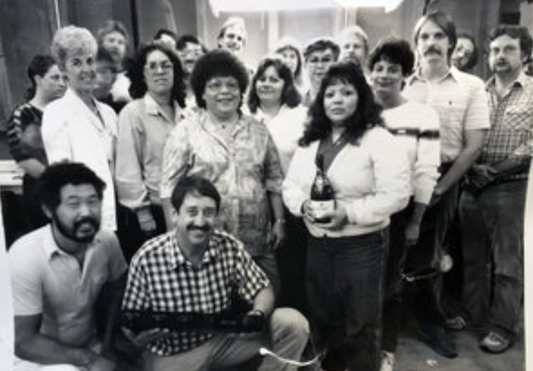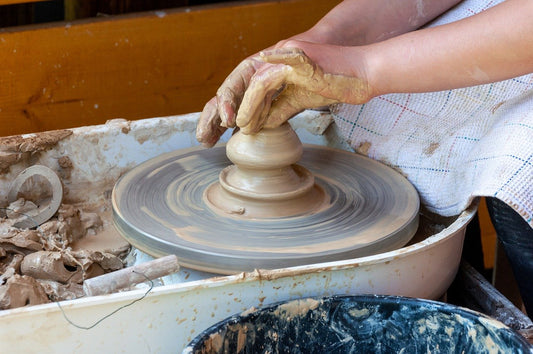Lowering ESR
by Paul McGowan
This morning the 4th issue of Copper Magazine was released and you can read it here.
Also, if you're attending the Axpona show in Chicago this weekend, I am flying in for a panel on Saturday. Love to see you there. I think it's 4pm.
We've been working on understanding breakin better - why it seems to matter when you run equipment for a period of time. Music sounds better not just from a warm up of the equipment, but a breakin period of some time.
One of the possible reasons concerns capacitors. Capacitors go through a physical change when voltage is applied to them. Older capacitors can often be rejuvenated in a self healing process by simply applying a voltage. The technique is known as forming and it has to do with re-plating the oxide coating which acts as an insulator. A capacitor of any type works better once it has been activated by voltage across it - and subtle physical changes take place the longer you keep the voltage applied.
Capacitors are not perfect devices. They have characteristics we designers depend upon for best operation, and ESR is one of them. ESR stands for Equivalent Series Resistance and the lower that number, the better the capacitor acts for us. ESR numbers are lowered when we apply voltage to a capacitor.
I promised not to get too technical because it really serves little purpose. What I had hoped to do was to give you a little bit of solid evidence why running a product in can affect its performance, and capacitors forming is just one small piece of the puzzle we can wrap our arms around.
- Choosing a selection results in a full page refresh.
- Opens in a new window.








